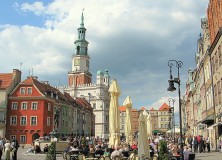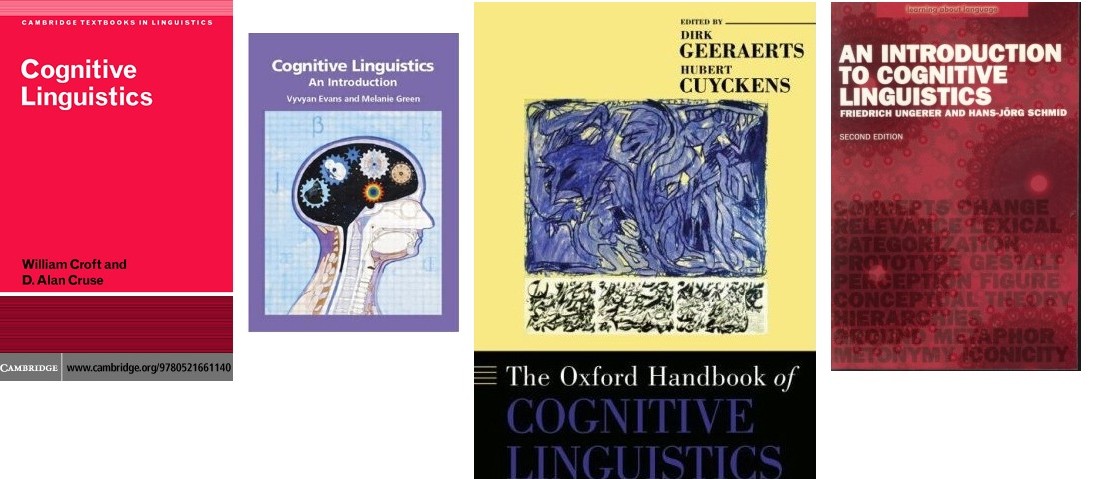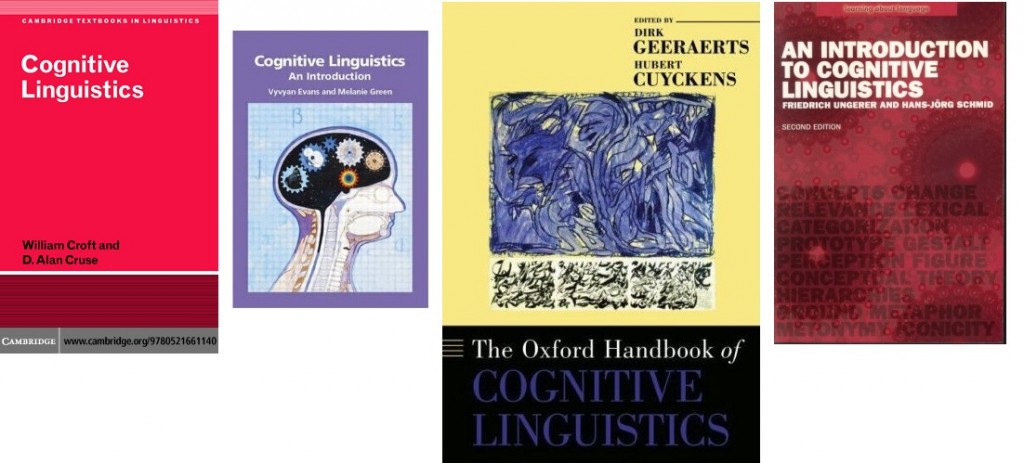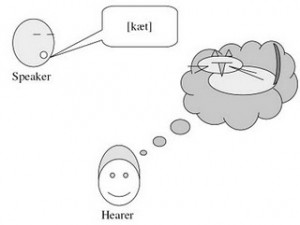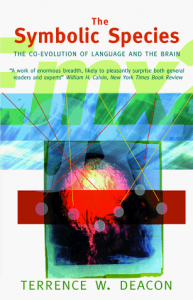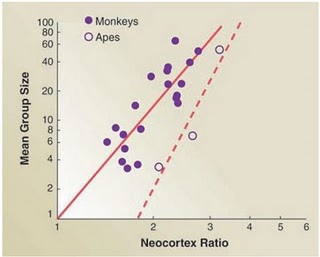
The first plenary talk at this year’s Poznań Linguistic Meeting was by Dirk Geeraerts, who is professor of linguistics at the University of Leuven, Belgium.
In his talk, he discussed the possibility that corpus studies could yield evidence against the supposed modularity of language and mind endorsed by, for example, Generative linguists (you can find the abstract here)
Geeraerts began his talk by stating that there seems to be a paradigm shift in linguistics from an analysis of structure that is based on introspection to analyses of behaviour based on quantitative linguistic studies. More and more researchers are adopting quantified corpus-based analyses, which test hypotheses using statistical testing of language behaviour. As a data-set they use experimental data or large corpora. In his talk, he discussed the possibility that corpus studies could yield evidence against the supposed modularity of language and mind endorsed by, for example, Generative linguists (you can find the abstract here)
Multifactoriality
One further trend Geeraerts identified in this paradigm shift is that these kinds of analyses become more and more multifactorial in that they include multiple different factors which are both internal and external to language. Importantly, this way of doing linguistics is fundamentally different than the mainstream late 20th century view of linguistics.
What is important to note here when comparing this trend to other approaches to studying language is that multifactoriality goes against Chomsky’s idea of grammar as an ideal mental system that can be studied through introspection. In the traditional view, it is supposed that there is some kind of ideal language system which everyone has access to. This line of reasoning then justifies introspection as a method of studying the whole system of language and making valid generalizations about it. However, this goes against the emerging corpus linguistic view of language. On this view a random speaker is not representative for the linguistic community as a whole. The linguistic system is not homogenous across all speakers, and therefore introspection doesn’t suffice.
Modularity
The main thrust of Geeraerts’ talk was that research within this emerging paradigm also might call into question the assumption of the modularity of the mind (as advocated, for example by Jerry Fodor or Neil Smith): The view of the mind as a compartmentalized system consisting of discrete components or modules (for example, the visual system, language) plus a central processor.
Continue reading “PLM2012 Coverage: Dirk Geeraerts: Corpus Evidence for Non-Modularity”

